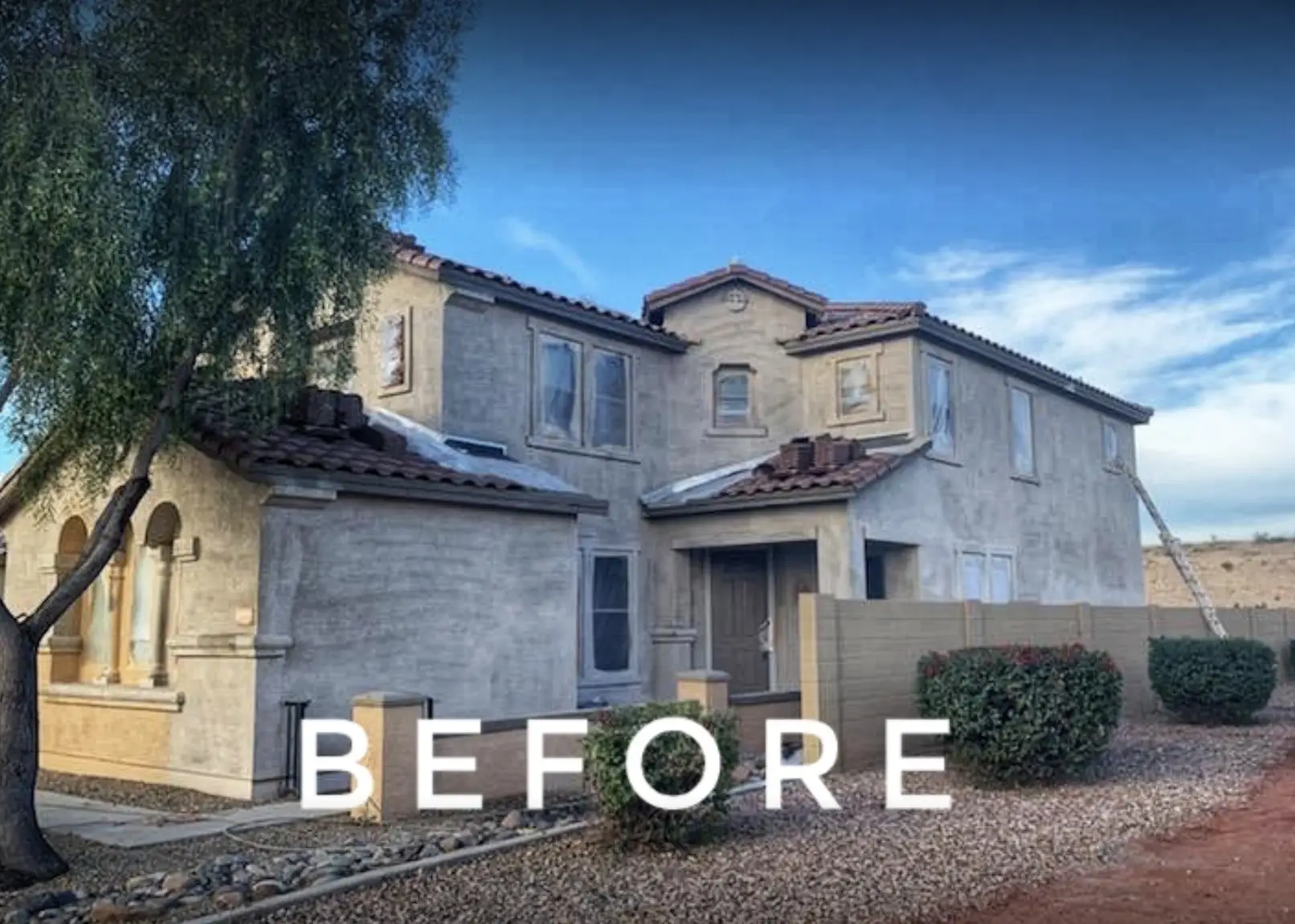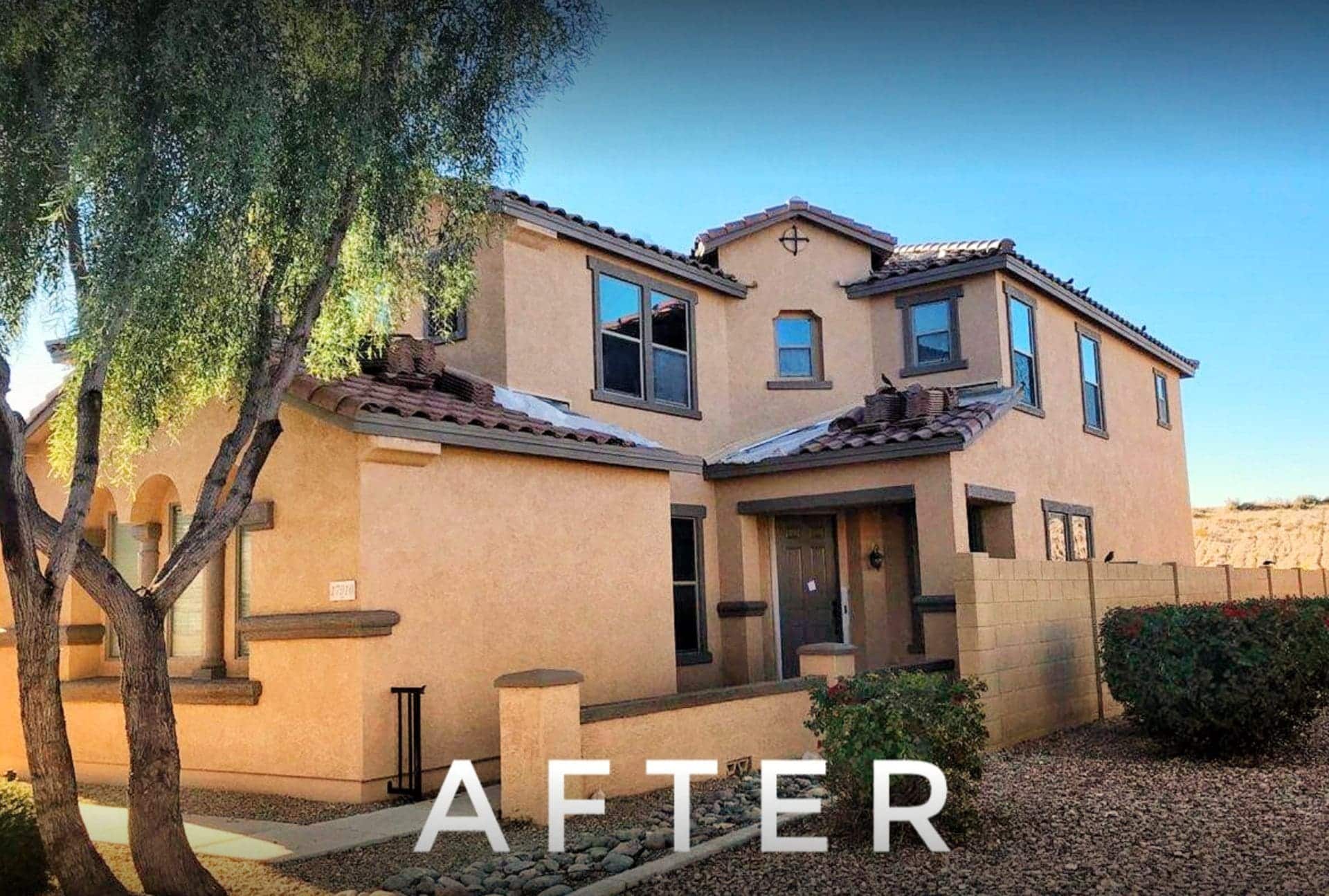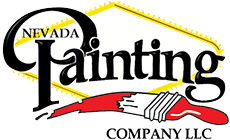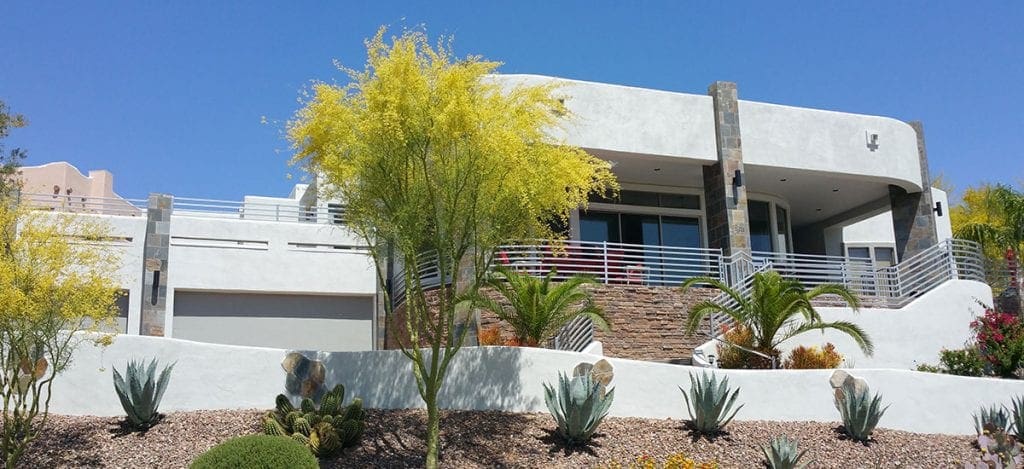
Refreshing your home with a new coat of exterior paint not only enhances its curb appeal but also increases its market value. Deciding when it’s time for a repaint can be challenging. If you’re aiming to refresh the color scheme, the decision might be straightforward. But determining whether the paint has aged beyond its prime involves considering various aspects.
The decision to repaint isn’t based on a one-size-fits-all timeline. Factors such as your local climate, ongoing maintenance efforts, and the quality of the last paint job play crucial roles.
When evaluating the longevity of your home’s paint job, keep these critical points in mind:
Impact of Weather Conditions
Homes in areas with intense weather conditions, like the scorching heat of Las Vegas, Nevada, are particularly vulnerable. The harsh sun can lead to paint bubbling and fading at an accelerated pace, particularly for dark colors, synthetic pigments, and oil-based paints. Ultraviolet rays weaken the paint’s surface, causing it to lose its vibrancy.
Regular Maintenance Is Key
Periodically inspecting your home’s exterior paint for signs of wear and damage is essential. Look out for issues such as moisture, decay, chalkiness, pest infestations, and mold, which could indicate it’s time for a touch-up or a full repaint.
The Significance of Paint Quality
The durability of your home’s exterior paint significantly depends on the initial quality and shade of the paint used, as well as the application technique. Premium paint in lighter colors usually offers greater longevity, especially when applied in multiple layers. Conversely, if the exterior was last coated with a lower quality product, you might find the need for a repaint arises sooner than anticipated. Even newly built homes are not immune; they are often painted with lower-grade products and may require a new coat of paint within just a few years.
Understanding these factors will help you make an informed decision about repainting your home, ensuring its appearance and protection are maintained over time

Exterior paint issues can arise under various circumstances, but the key is to identify and address these issues promptly to prevent further damage. Have you observed any of the following warning signs on your home?
Mildew Issues:
Mildew forms when moisture lingers and fails to evaporate, creating a surface that paint cannot adhere to effectively. It’s crucial to remove mildew from your home’s exterior thoroughly to prevent additional damage. Painting over mildew is a temporary solution that can lead to costly repairs down the line. Beneath the paint layer, mildew can continue to grow and eventually show through.
Warped Siding Challenges:
Moisture accumulation, followed by exposure to the sun, can lead to warped siding. Warped areas cannot simply be flattened with nails or screws without causing more damage. If siding warping is noticed, the solution is either replacement or proper preparation and repainting with high-quality paint to address the issue adequately.
Chalking:
Chalking might look like fading but is actually a result of a chemical reaction triggered by ultraviolet light, causing the top coat of paint to degrade into a white, dusty film. This affects the adhesion of new paint layers applied over it.
Blistering/Bubbling Paint:
Paint blisters or bubbles indicate lost adhesion, often due to the sun heating the surface and affecting the paint’s drying process. To prevent this, avoid painting over hot surfaces, as it compromises the paint’s ability to properly adhere.
Peeling Paint:
Peeling paint is primarily caused by the sun’s damaging effects over time. It starts with blistering or bubbling that bursts open, leaving the surface exposed and susceptible to further damage from sunlight, moisture, and other elements.
Fading/Bleaching Paint:
The rate at which paint fades depends on the sun exposure your home receives. High-quality paint is used to ensure longevity, but some colors fade faster than others due to intense sunlight and UV rays, particularly in areas like Las Vegas.
Cracking/Staining Stucco:
Noticing cracks in your stucco is a sign that needs immediate attention to prevent worsening. Unaddressed, cracks allow water infiltration, leading to further cracking and staining on exterior walls as moisture escapes.

